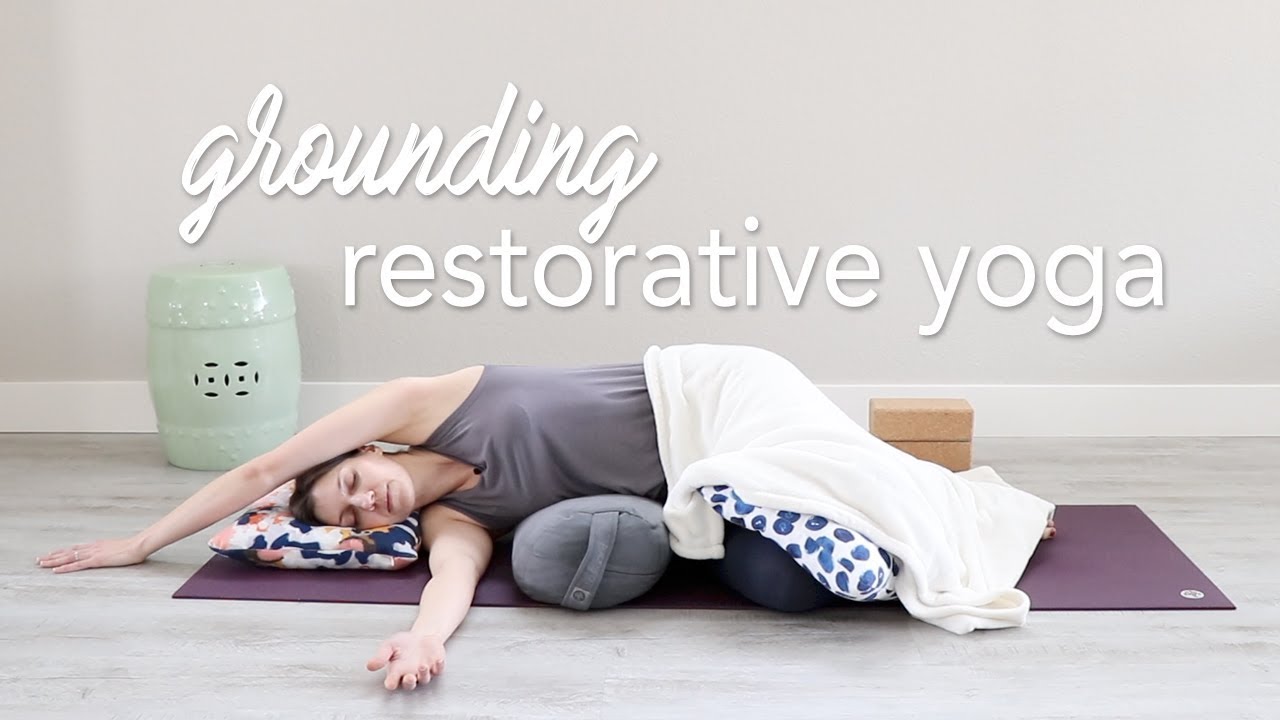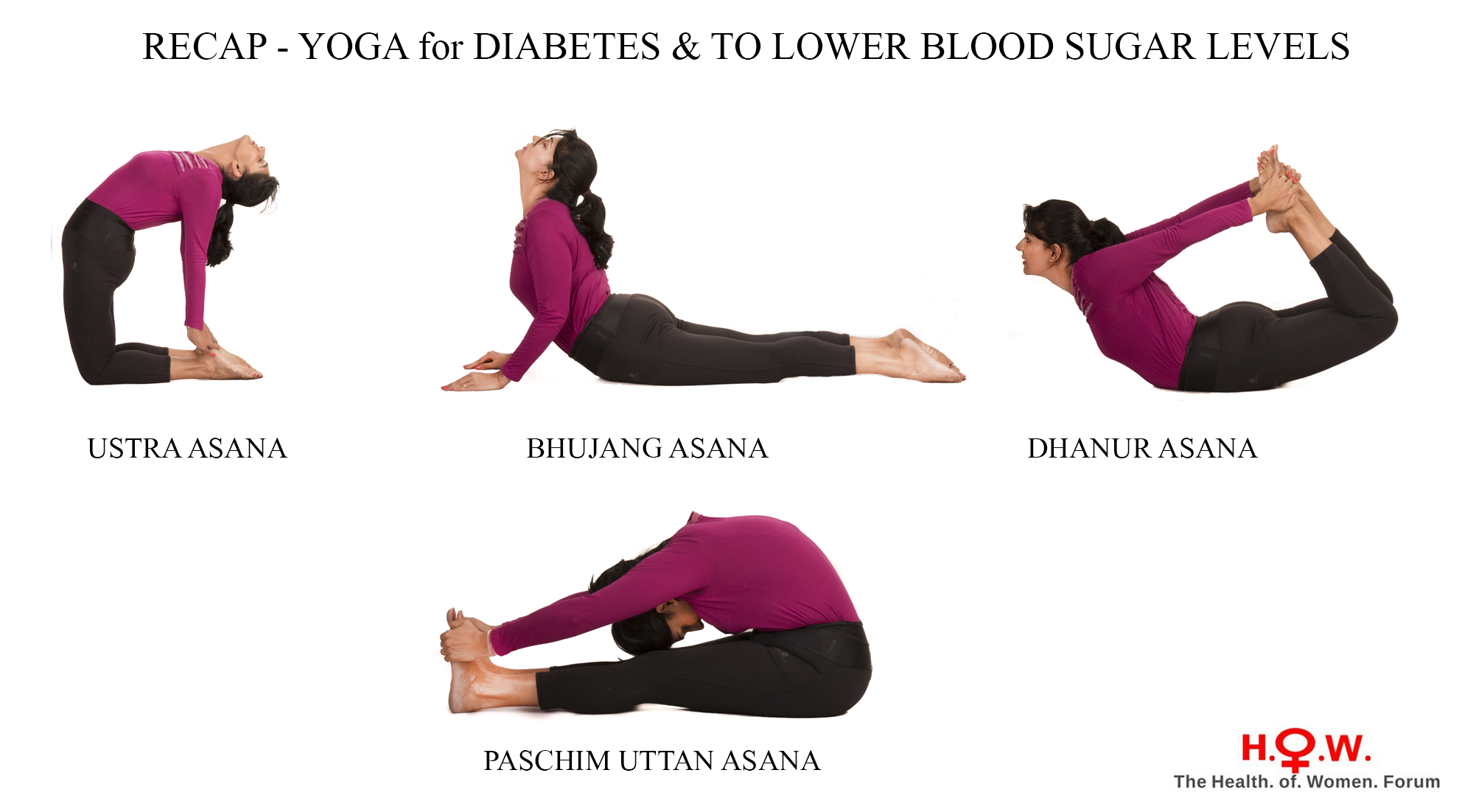
The shins up pose is one of the best for lowering blood pressure. To create a bridge-like pose, this yoga pose involves elevating the pelvis as well as the spinal column. The legs then drop towards the ground. The end result is a relaxed and peaceful body. This yoga pose helps reduce stress and anxiety. It also has health benefits. It increases blood flow to the brain. It also regulates heart rate and controls high blood pressure.
Another benefit of practicing yoga for blood pressure is that it improves your cardiovascular health. It's possible for blood pressure to rise if people don't know how they can relax. Savasana, the last posture in a yoga class is meant to help people find calm and relaxation. This pose can help reduce stress and increase heart rate. The more you practice yoga the more benefits you will receive.

It is a great way of lowering blood pressure. This pose improves blood circulation and reduces stress. It's also easy to do, and you don't need special equipment. The child pose can be done with your stomach full, so practice it often. While performing each posture, be sure to pay attention how your breathing is. Try three sets for each position. Each one should be held for 30 seconds, then repeat the process three times.
There are many yoga poses that can lower blood pressure. These poses can help you calm your mind and lower hypertension. These poses can relax your muscles and calm your mind, helping you to manage hypertension. You can even find a yogic exercise to help lower your blood pressure. So, start your yoga practice today! These poses can also help you to feel better.
One of the best yoga poses for high blood pressure is the child's pose. This pose helps to release stress and calm the mind. This forward bending pose improves circulation to the internal organs and lowers blood pressure. When forward bending, ensure that your forehead touches the ground. This will prevent you from feeling dizzy or fatigued. This yoga pose will help lower your blood pressure if it is high.

Yoga sessions typically include breathing exercises, meditation, and poses. The most important aspect of any yoga session is the breath. Yoga can help lower blood pressure by as high as 10 points if done regularly. High-pressure patients should practice yoga twice daily, for 15 minutes each. It should be repeated at most three times per day. Regular yoga practice will help you shed weight.
FAQ
What's the best diet?
Many factors influence which diet is best for you. These include your age, gender and weight. Consider how much energy and low-calorie foods you consume, as well as whether or not you are a fan of fruits and vegetables.
If you are trying to lose weight, then you may want to try intermittent fasting. Intermittent fasting involves consuming only specific meals throughout the day, rather than having three large meals. This approach may prove to be more beneficial than traditional diets that have daily calorie counts.
Intermittent fasting has been shown to improve insulin sensitivity, reduce inflammation and lower the risk of developing diabetes. Research suggests that intermittent fasting can promote fat loss and improve overall body composition.
What lifestyle is most healthy?
Living a healthy lifestyle is one that encourages you to eat well, exercise regularly, get enough sleep, and avoids stress. This will ensure that you live a long healthy life.
It's easy to start small with your exercise and diet. For example, if you want to lose weight, try walking for 30 minutes every day. If you're looking for a way to increase your activity, consider taking up swimming or dancing. An online fitness program such as Strava or Fitbit that tracks your activity could be a good option.
How often do I need to exercise?
Fitness is key to a healthy lifestyle. There is no set time limit for exercising. It is important to find something that you enjoy and stay with it.
When you exercise three times per week, aim for 20-30 minutes moderate intensity. Moderate intensity will mean that you'll continue to be exerting yourself afterward. This type is good for burning around 300 calories.
Walk for at least 10 minutes four days a weeks if you prefer walking. Walking is low impact and easy on your joints.
If you'd rather run, try jogging for 15 minutes three times a week. Running is an excellent way to lose weight and tone your muscles.
You should start slowly if it's your first time exercising. Start with just 5 minutes of cardio a few times a week. Gradually increase the time you do cardio until your goal is reached.
What causes weight loss as we age?
How do I know if my bodyweight changes?
If there are less calories than muscle mass, then weight loss is possible. This means that you must consume more calories than you use daily. A decreased level of activity is the main cause of weight loss. Other reasons include poor eating habits, stress, hormone imbalances, certain medications and illness. Weight gain occurs when there is more fat than muscle mass. This happens when people consume more calories than they burn during the day. The most common causes are overeating, increased activity, hormonal changes, and excessive calories.
Our bodies lose weight mainly because we eat less calories that we burn. Regular exercise increases metabolism, which means that we burn more calories per day. This doesn't necessarily mean we will lose weight. What matters is whether we are losing fat or building muscle. If we're burning more calories than we're consuming then we're going to lose weight. But, if we consume far more calories than what we burn, then we actually store them as fat.
As we get older, our movement speed slows down and so we move less. We also tend have less food to eat than when our children were young. This is why we tend to gain weight. On the flipside, we are more muscular than we really need and appear bigger.
Without regularly weighing yourself, it is impossible to gauge how much weight you have lost. There are many options for measuring your weight. You can check your waist size, your hips, your thighs, your arms, etc. Some people prefer to use bathroom scales while others like to use tape measures.
To track your progress, weigh yourself once a week. Measure your waistline once per month. To track your progress, you can also take photos every few months of yourself to see how far it has come.
Online, you can find out your height and weight. You'd likely weigh 180 pounds if you were 5'10 tall and 180 pounds if you were 180lbs.
What are 7 tips for a healthy and happy life?
-
Be healthy
-
Exercise regularly
-
Sleep well
-
Get plenty of water.
-
Get enough rest
-
Happy!
-
Smile often.
How do you get enough vitamins?
Your diet can provide most of your daily requirements. Supplements are available if you are deficient. You can purchase a multivitamin that includes all of the vitamins you need. You can also buy individual vitamins in your local drugstore.
Talk to your doctor about the best foods for vitamins if you're concerned about not getting enough nutrients. The best sources of vitamins K, E, and C are found in dark green leafy veggies such as spinach and broccoli, kale.
If you are not sure how much vitamin you should be consuming, ask your doctor. Based on your medical history, and your current health status, your doctor will recommend the right dosage.
What's the difference of a calorie versus a Kilocalorie?
Calories are units that measure how much food has energy. A calorie is a unit of measure. One calorie is the amount of energy required to heat one gram water one degree Celsius.
Kilocalories are another way to describe calories. Kilocalories equal one thousandth of a calorie. 1000 calories equals 1 kilocalorie.
Statistics
- WHO recommends consuming less than 5% of total energy intake for additional health benefits. (who.int)
- According to the Physical Activity Guidelines for Americans, we should strive for at least 150 minutes of moderate intensity activity each week (54Trusted Source Smoking, harmful use of drugs, and alcohol abuse can all seriously negatively affect your health. (healthline.com)
- WHO recommends reducing saturated fats to less than 10% of total energy intake; reducing trans-fats to less than 1% of total energy intake; and replacing both saturated fats and trans-fats to unsaturated fats. (who.int)
- nutrients.[17]X Research sourceWhole grains to try include: 100% whole wheat pasta and bread, brown rice, whole grain oats, farro, millet, quinoa, and barley. (wikihow.com)
External Links
How To
27 steps to a healthy lifestyle if your family only eats junk food
The best way to eat healthily is to cook at your home. It can be difficult to cook healthy meals at home. This article will give you some tips on how to make healthier choices when eating out.
-
Choose restaurants that offer healthy options.
-
Order salads before you order meat dishes.
-
Ask for sauces made without sugar.
-
Avoid fried items.
-
Ask for grilled meats, not fried.
-
If you don't really need dessert, do not order it.
-
Make sure that you have something else to eat after dinner.
-
Take your time and chew slowly.
-
Take plenty of water with your meals.
-
You should not skip breakfast or lunch.
-
Have fruit and veggies with every meal.
-
Drink milk rather than soda.
-
Avoid sugary drinks
-
Limit the amount of salt in your diet.
-
Try to limit your frequent visits to fast-food restaurants.
-
Ask someone to join if temptation is too much.
-
Your children shouldn't watch too much television.
-
Keep the television off during meals.
-
Do not consume energy drinks.
-
Regular breaks from work
-
Get up early and go for a run.
-
Move every day.
-
Start small, and work your way up.
-
Set realistic goals.
-
Be patient.
-
Exercise even if it's not your favorite thing to do.
-
Use positive thinking.